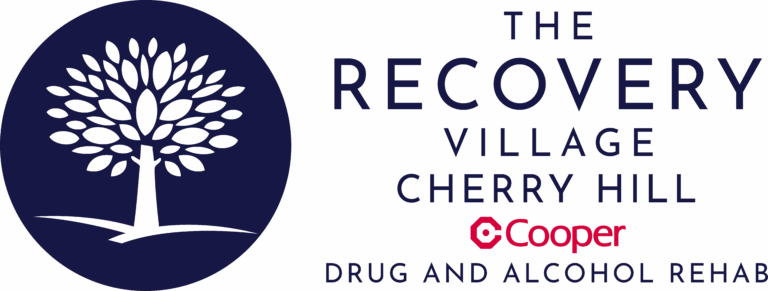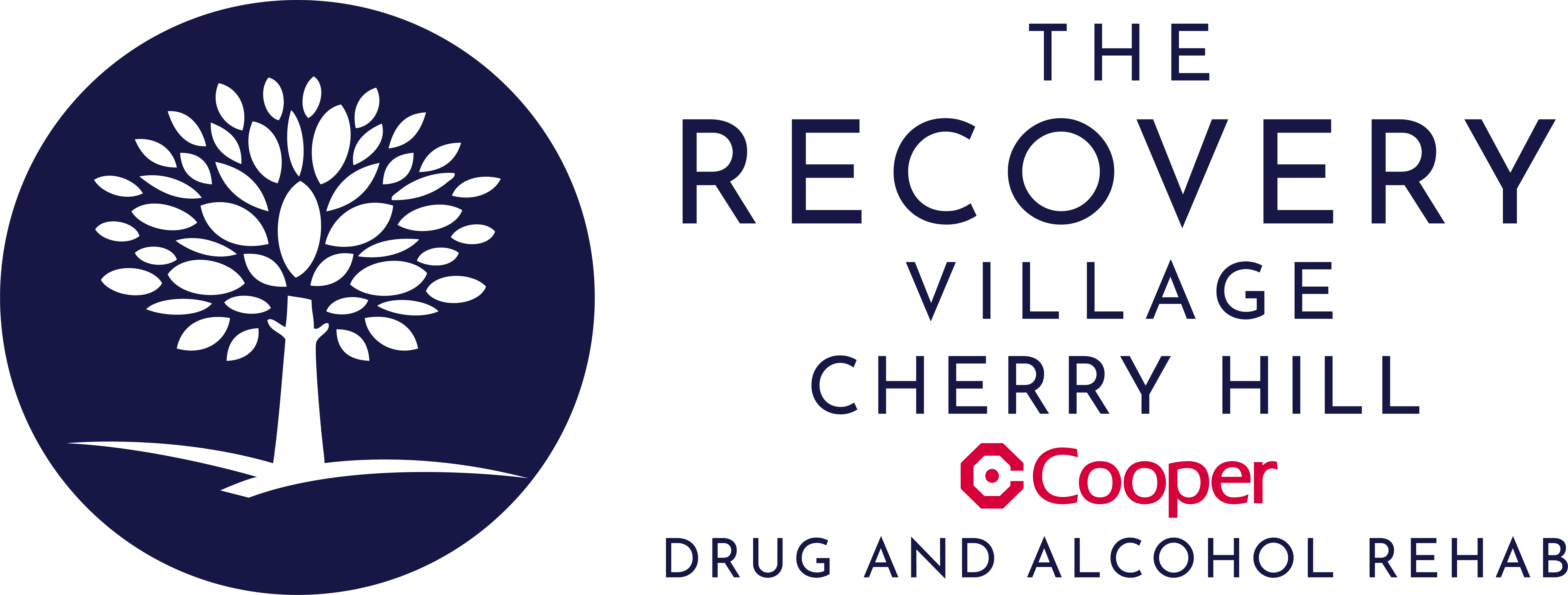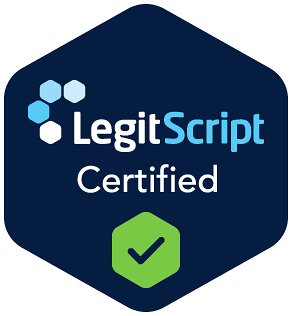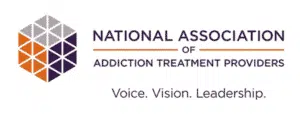Undergoing detoxification is often the first critical step in treating substance use disorders. Detox is the process of ridding the body of harmful, addictive substances. As interest in faster detox methods has grown, a procedure called “rapid detox” has gained attention. Rapid detox promises to reduce the uncomfortable withdrawal stage by putting patients under anesthesia. However, the safety, effectiveness and benefits of rapid detox remain controversial. This article will explore rapid detox, discuss whether it is safe and effective, compare it to standard medical detox and provide guidance on how to find a trusted detox program in South Jersey.
Is Rapid Detox Safe?
Rapid detox, sometimes referred to as anesthesia-assisted opioid detox, involves administering anesthesia or sedation while medications are given to rapidly remove opioids from someone’s system. During this procedure, a patient may remain under sedation for several hours while physicians use opioid antagonists (like naltrexone) to trigger withdrawal and flush opioids from the body more quickly. In theory, the patient sleeps through the most severe withdrawal symptoms.
While sleeping through withdrawal may sound appealing, it is essential to recognize that rapid detox comes with risks. The primary safety concerns include:
- Complications from anesthesia: General anesthesia always carries the risk of complications, including respiratory distress, cardiac events or allergic reactions to sedative drugs. Since detox places additional strain on the body, people with pre-existing conditions may face an even higher risk of serious side effects.
- Intense withdrawal experience upon awakening: Although a patient is sedated during rapid detox, the body is still undergoing withdrawal. Those who undergo rapid detox may wake up feeling disoriented and exhausted, which can make the post-detox period more challenging. The idea of “sleeping through withdrawal” may not match the actual experience.
- Lack of comprehensive care: Detox is only the first stage in addiction treatment. Addiction is both physical and psychological, so a thorough treatment plan includes counseling, behavioral therapy and ongoing support. Rapid detox alone often lacks essential follow-up measures, which can lead to quick relapse if there is no continued plan for therapy and support.
Overall, whether rapid detox is considered safe largely depends on a person’s unique medical circumstances, the supervising health professionals’ expertise and the environment in which the detox is performed. Still, most experts recommend caution and often advise that traditional medical detox, which includes close monitoring and supportive treatments, is safer and more beneficial in the long run.
Recovery Can Be Life Changing
Whether you or a loved one is struggling with addiction, our expert team is here to guide you every step of the way. Don’t wait— reach out today to take the first step toward taking control of your life.
“My life has became something that I’m proud of and something I can be grateful for.“
– Joseph McDermott, The Recovery Village Cherry Hill Alumni
How Does Rapid Detox Work?
During rapid detox, patients are placed under heavy sedation or general anesthesia in a hospital or specialized medical setting. A medical team monitors vital signs and administers medications to:
- Initiate withdrawal: Opioid antagonists (like naltrexone) bind to the brain’s opioid receptors, dislodging the opioids already present. This reaction triggers sudden withdrawal.
- Treat or mask withdrawal symptoms: Because the patient is deeply sedated, they are unaware of the physical agony typically associated with withdrawal. Healthcare staff may administer additional supportive medications for pain, nausea or anxiety while the person is unconscious.
- Stabilize vital signs: Medical personnel closely watch the patient’s heart rate, blood pressure and breathing. If complications arise, they will intervene immediately.
Once the procedure is finished (often within four to six hours), the person is taken out of sedation. In theory, they awaken having gone through the most acute phase of withdrawal. Rapid detox often includes a few additional hours or days of close observation to ensure the patient is stable.
However, it’s important to understand that not all aspects of withdrawal are necessarily over once the person is conscious again. The body continues to adjust during the post-detox period, and psychological cravings or discomfort can remain. Furthermore, because sedation does not erase the body’s experience of withdrawal, some people still report significant mental and emotional distress afterward.
Is Rapid Detox Effective?
Effectiveness can be measured in several ways, including the ability to complete detox and transition to long-term recovery. Proponents of rapid detox argue that sedating someone can decrease the chance of them quitting detox mid-process due to overwhelming withdrawal symptoms. They also believe that getting through withdrawal more quickly may boost treatment engagement.
However, many addiction specialists remain skeptical about rapid detox’s long-term benefits. Key points include:
- Relapse risks: Rapid detox does not change the reality that relapse prevention requires sustained behavioral and psychological support. Without therapy to address underlying addiction causes, triggers and mental health disorders, relapse remains a significant risk.
- Potential for trauma: Some patients report feeling emotionally shaken when they awaken and learn what they have physically gone through. This can dampen a person’s willingness to continue with comprehensive treatment or create new mental health challenges like anxiety.
- Cost and availability: Rapid detox is often quite expensive and not usually covered by insurance due to its experimental nature. For many, this treatment is financially out of reach, and there is a limited number of facilities offering it.
While some individuals complete rapid detox successfully, there is no strong evidence that it is more effective than standard medical detox in preventing relapse or promoting lasting recovery. Most addiction experts prefer well-established, gradual detox approaches that place emphasis on thorough medical monitoring and psychological support.
How Is Rapid Detox Different From Medical Detox?
Medical detox differs from rapid detox in several important ways:
- Withdrawal Pace: In a standard medical detox program, the body naturally eliminates the substance over a few days or weeks. Medications like buprenorphine or methadone may be used to ease withdrawal symptoms and reduce cravings. Rapid detox accelerates withdrawal by using sedatives and opioid antagonists to artificially speed up the process.
- Safety Measures: Medical detox typically happens in a licensed, medically supervised environment where physicians and nursing staff can address any complications. Rapid detox also occurs in a monitored medical facility, but the level of risk can be higher due to anesthesia and the forced, sudden withdrawal.
- Patient Comfort & Awareness: During medical detox, you are conscious and can actively participate in symptom management with your healthcare team. While sedation during rapid detox might mask immediate pain, patients do not have the same level of autonomy or coping support during the process.
- Length of Stay: Medical detox may take anywhere from a few days to a couple of weeks. Rapid detox can be over in hours, but follow-up care is still needed. People who undergo rapid detox often need ongoing medical observation and psychological support afterward.
Medical detox, especially when combined with therapy, counseling and other support services, is often regarded as safer and more sustainable. It provides time for your body to adjust and for you to learn coping strategies that will help after detox is complete.
Find a Medical Detox Program Near Me in South Jersey
If you or a loved one is considering detox for opioid use disorder or other substance use, it is crucial to select a program known for safety, evidence-based practices and comprehensive care. Rapid detox may seem attractive because it promises a shortcut through one of the most difficult parts of recovery, but it can pose significant risks and is not guaranteed to improve long-term outcomes.
Instead, a medical detox program in a trusted, professional setting can provide:
- 24/7 Medical Supervision: Continuous care ensures a prompt response to complications or severe withdrawal symptoms.
- Medication-Assisted Treatment (MAT): Evidence-based medications like buprenorphine, methadone or naltrexone are used responsibly to ease withdrawal symptoms and curb cravings.
- Mental Health Support: Many people with addiction also have co-occurring mental health concerns. A holistic detox program screens for and addresses these concerns.
- Therapeutic Environment: Detox centers often include group therapy, individual counseling and complementary activities that build coping skills.
- Transition to Ongoing Care: After detox, patients can continue on to inpatient rehab, outpatient therapy or other supportive programs to reinforce their recovery.
For those living in South Jersey, The Recovery Village Cherry Hill at Cooper provides professional detox services and comprehensive treatment options. Our dedicated team is experienced in helping individuals safely navigate withdrawal while preparing for the next phase of recovery. By choosing a reputable provider, you give yourself or your loved one the best possible opportunity to begin a journey to lasting health.
Seeking Addiction Treatment at The Recovery Village Cherry Hill
If you’re seeking addiction treatment for yourself or a loved one, The Recovery Village Cherry Hill at Cooper is here to help. Our facility is conveniently located within the heart of New Jersey, under 20 minutes from Philadelphia.
We have a full range of treatment options, including medical detox, inpatient care, partial hospitalization programming, and intensive outpatient services. We offer a state-of-the-art inpatient facility and have specialized options for trauma, including EMDR and a specialty track for veterans and first responders.
If you or a loved one are ready to begin the journey toward a substance-free life, we’re standing by to take your call. Reach out to our Recovery Advocates to learn more about our treatment programs and find a plan that works well for your specific needs and situation.









